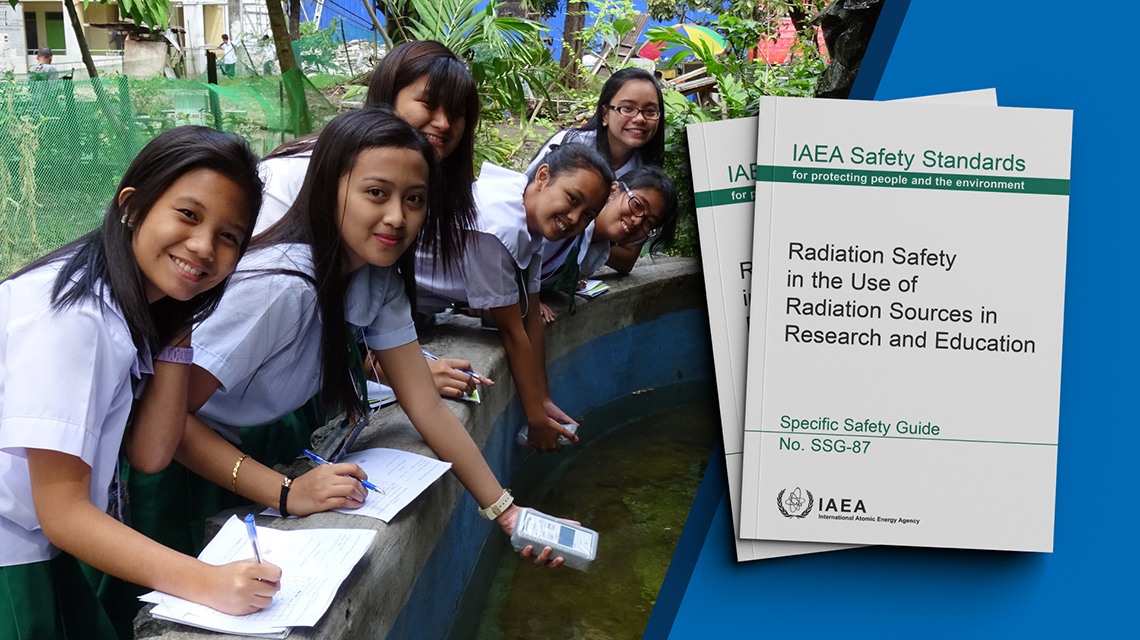Source: International Atomic Energy Agency – IAEA
Vandenhove’s early studies were strongly influenced by her childhood setting, growing up on a farm in Julémont, southern Belgium. This, combined with her natural love for science, her godfather’s experiences in international development projects, and her father’s guidance to “find joy” in her work, led her into agricultural engineering.
Specifically, Vandenhove focused on soil science and phytotechnics, the use of plant systems to improve the environment. At university in Leuven (KU Leuven) she earned an engineering degree in 1988 and then signed up for her PhD in Agricultural Engineering.
Her internal drive also resulted in obtaining a Fellowship in Environmental Science and Engineering at the University of British Columbia, after which Vandenhove was back in Belgium, looking for jobs. She says she created the opportunities that came next by “picking up the phone and asking”.
One of those calls was to the “brilliant” late Professor Adrien Cremers, whom Vandenhove said was the person who introduced her to the nuclear field. Together, they proposed a research project to the Belgian Nuclear Research Centre (SCK CEN) on soil–plant transfer of radiocaesium, against the background of the 1985 Chornobyl accident. At the same time, Roel Merckx, professor emeritus of soil science at KU Leuven asked Vandenhove to coordinate a project on use of rock phosphate as fertilizer for rice in Sri Lanka — she took on both projects. “A daunting task she was eager to embrace,” Merckx said.
Reaching Sri Lanka in 1993, Vandenhove was confronted with an unexpected challenge: “I didn’t know anything about rice, I didn’t know anything the science of phosphorous, I didn’t know anything about working in Sri Lanka and on my second day my local counterpart said, ‘I’m leaving’.” Vandenhove found herself leading a team of 20 people on her own, setting up rice cultivation trials with different fertilizer regimes in different regions in Sri Lanka. She describes this period as one of “steady learning” to understand the system in which to execute the project and to design a path forward towards project realization, with a team who “thrived in the process”.
In 1994, Vandenhove returned to Belgium, to join SCK CEN, where she began the next stage of her career by patenting a new method for the fixation of trace amounts of radiocaesium — a discovery that she says could have been easily missed had she not revisted and thoroughly explored the data. “The backing of the SCK CEN Director General contributed to me fulfilling my potential,” says Vandenhove.
Over the next 28 years at SCK CEN, Vandenhove helped pave the way for women — as the first woman in higher managerial roles, including as Head of the Biosphere Impact Studies Unit, and then as Deputy Director of the Environment, Health and Safety Institute and then as SCK CEN Institute Director, for an eight year period. She led over 270 staff on projects related to radiation protection, waste and disposal, and decommissioning. Former colleague and SCK CEN Institute Director Frank Hardeman speaks of Vandenhove as a “visionary”.
Vandenhove echoes the hard work involved as well as a willingness to “evolve as a scientist” in becoming a project coordinator and leader, which has led to some of the experiences she says she values the most: human connection across cultures.









